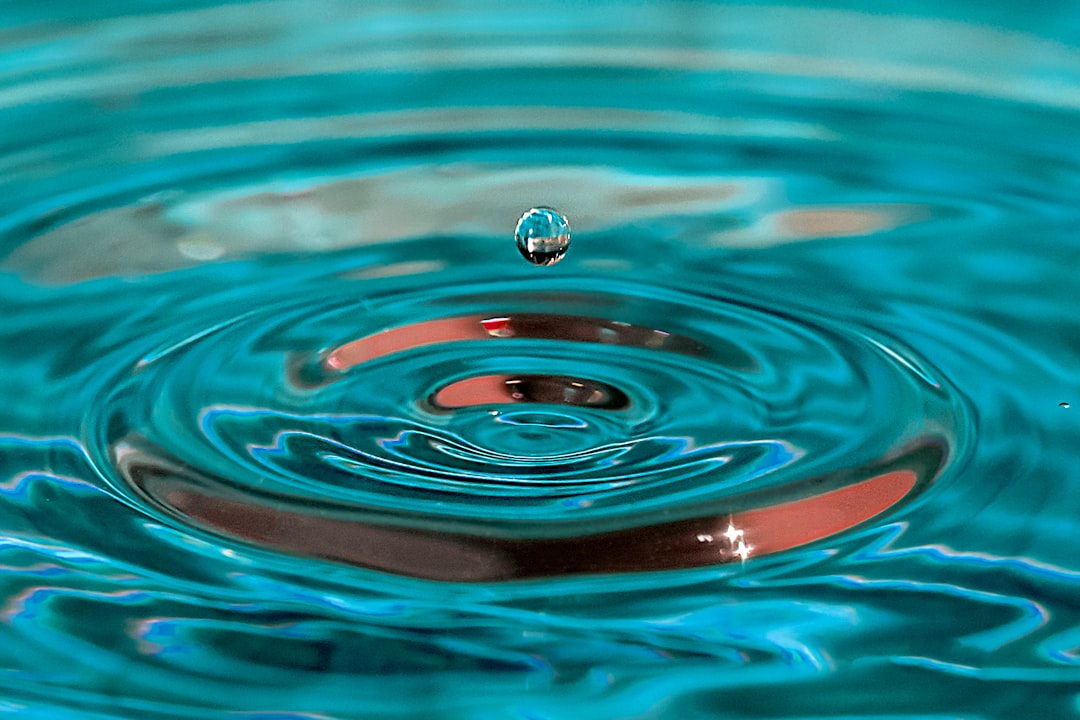What is it about?
Cluster headaches are a type of headache disorder that is not caused by an underlying medical condition. They are called "cluster" headaches because they tend to occur in groups, with each headache lasting between 15 minutes and 3 hours. The pain associated with cluster headaches is usually severe and is described as a sharp, burning, or piercing sensation on one side of the head. The pain is often centered around the eye, temple, or forehead. Other symptoms that may accompany a cluster headache include redness and tearing of the eye, a runny or stuffy nose, sweating, flushing of the face, and drooping of the eyelid or a small pupil. These symptoms can be very debilitating and significantly affect a person's quality of life. Alcohol is recognized as a major trigger of cluster headache attacks, but the clinical features that distinguish cluster headache in drinkers from nondrinkers are unclear. This paper reviews the differences in clinical features of cluster headache between drinkers and nondrinkers..
Featured Image

Photo by Adrian Swancar on Unsplash
Why is it important?
Of the 98 cluster headache patients, 60% were regular drinkers and 15% were occasional drinkers. All of the regular drinkers reported drinking alcohol during the period when they had cluster headaches, but none of the occasional drinkers drank alcohol during this period. Among the regular drinkers, 95% experienced a new cluster headache attack after drinking alcohol, but only 5% did not. Cluster headache patients who drank alcohol were more likely to have red eyes (conjunctival injection) than those who did not drink. However, those who drank alcohol were less likely to have symptoms such as nasal congestion, vomiting, and sensitivity to light (photophobia). Drinking may cause different reactions in the body that affect red eyes and nasal congestion in patients with cluster headache.
Perspectives
Cluster headache patients experience attacks triggered by alcohol consumption, but many of them are still drinkers, and the symptoms associated with headache attacks differ depending on whether the patient drinks alcohol or not. As these characteristics suggest, cluster headache is a very interesting disorder. We hope that this report will raise awareness and interest in cluster headache and ultimately lead to improved diagnosis and treatment of luster headache.
Noboru Imai
Read the Original
This page is a summary of: Differences in clinical features of cluster headache between drinkers and nondrinkers in Japan, PLoS ONE, November 2019, PLOS,
DOI: 10.1371/journal.pone.0224407.
You can read the full text:
Contributors
The following have contributed to this page










